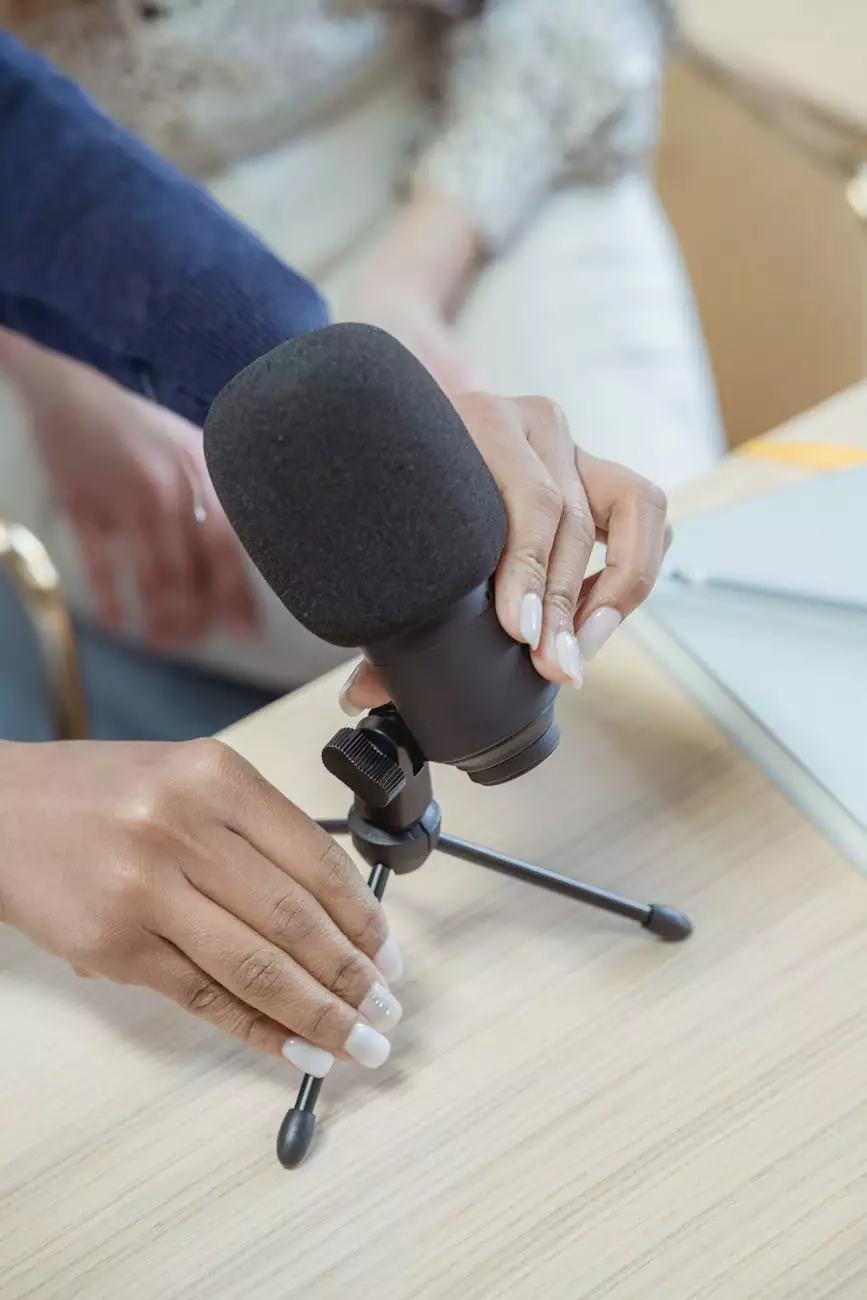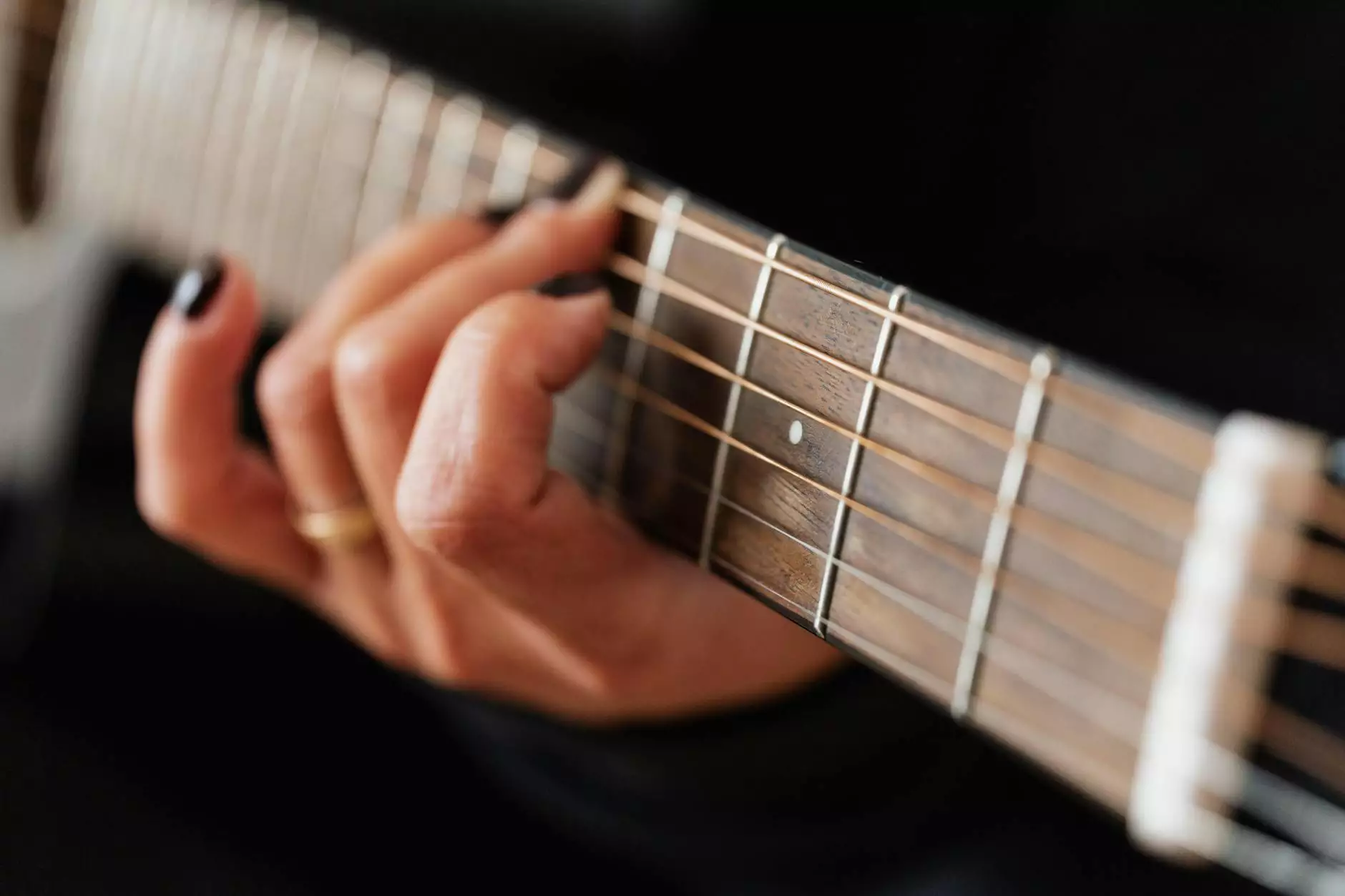Is a “hissing S” (sibilance) affecting your voice over work?

If you are a voice over artist, you know the importance of delivering clear and professional recordings. However, one common issue that many voice over artists face is the "hissing S" or sibilance. Sibilance refers to the harsh hissing sound that occurs when pronouncing words with the letter "S" or other similar sounds. This unwanted sibilant noise can significantly affect the overall quality of your voice over work.
Fortunately, there are effective techniques and tools available to help you reduce or eliminate sibilance and achieve crisp, professional-sounding recordings. In this comprehensive guide, we will explore various strategies to address sibilance and improve your voice over performances.
Understanding Sibilance
Sibilance occurs due to an excessive amount of high-frequency energy in the "S" sounds, which can make them sound sharp, piercing, or distorted. It can create listener fatigue and distract from the intended message of your voice over. Understanding the root causes of sibilance is crucial in effectively dealing with this issue.
Causes of Sibilance
Several factors can contribute to sibilance in voice over recordings. Here are some common causes:
- Microphone Techniques: Improper microphone placement or technique can accentuate sibilant sounds. Experimenting with microphone distance and angle can help minimize the issue.
- Vocal Technique: Breathing, tongue position, and overall vocal delivery play a significant role in sibilance. Proper vocal technique and control can help reduce the harshness of sibilant sounds.
- Recording Environment: Background noise, room acoustics, and improper sound treatment can contribute to sibilance. Creating a suitable recording environment with proper acoustic treatment can mitigate the issue.
- Recording Equipment: Poor-quality microphones or audio interfaces can amplify sibilance. Using high-quality equipment and optimizing audio settings can help minimize the problem.
Techniques to Minimize Sibilance
If sibilance is adversely affecting the quality of your voice over work, here are some tried-and-tested techniques to help reduce or eliminate it:
1. Microphone Placement and Angle
Experiment with microphone placement and angle to find the optimal position that minimizes sibilance while maintaining overall sound quality. Adjusting the distance from the mic and the angle of the diaphragm can make a noticeable difference.
2. Pop Filter Usage
A pop filter, installed in front of the microphone, acts as a physical barrier between your mouth and the microphone. It helps diffuse the excess air expelled during plosive sounds like "P" and "B," which are often associated with sibilance. Using a pop filter can effectively reduce sibilant noises in your recordings.
3. Vocal Technique and Control
Improving your vocal technique and control can significantly minimize sibilance. Pay attention to your breathing, tongue position, and articulation. Practicing proper pronunciation and enunciation exercises can help you produce clearer and smoother "S" sounds without the harsh sibilant noise.
4. Equalization (EQ) Techniques
Using EQ effectively is key to taming sibilance. Apply gentle EQ adjustments to reduce the high-frequency emphasis on sibilant sounds. Carefully adjust the frequency range and Q-factor to maintain natural-sounding vocals while minimizing sibilance. Be cautious not to overdo the EQ adjustments, as it may result in an unnatural or hollow sound.
5. De-Esser Plugins
De-esser plugins are specifically designed to address sibilance issues. They focus on attenuating or compressing the high-frequency range where sibilance occurs, effectively reducing the harshness. Experiment with different de-esser plugins and settings to find the right balance between reducing sibilance and preserving the vocal clarity.
6. Improve Recording Environment
If your recording environment is not adequately treated, it can contribute to sibilance problems. Consider improving the acoustic treatment of your recording space by adding sound-absorbing panels, bass traps, or diffusers. These adjustments can minimize excessive reflections and help create a more controlled recording environment.
7. Quality Audio Equipment
Investing in high-quality audio equipment, such as professional microphones and audio interfaces, can significantly reduce sibilance issues. Ensure that your equipment is well-maintained, and regularly check for any potential technical issues that could accentuate sibilance.
Final Thoughts
Sibilance is a common challenge faced by voice over artists, but it is manageable with the right techniques and tools. By understanding the causes of sibilance and implementing the suggested strategies, you can dramatically improve the quality of your voice over recordings.
Remember, achieving optimal results may require some experimentation and adjustments specific to your unique voice and recording setup. Embrace trial and error, seek professional guidance if necessary, and keep refining your skills to produce exceptional voice over work free from the distractions of sibilance.










